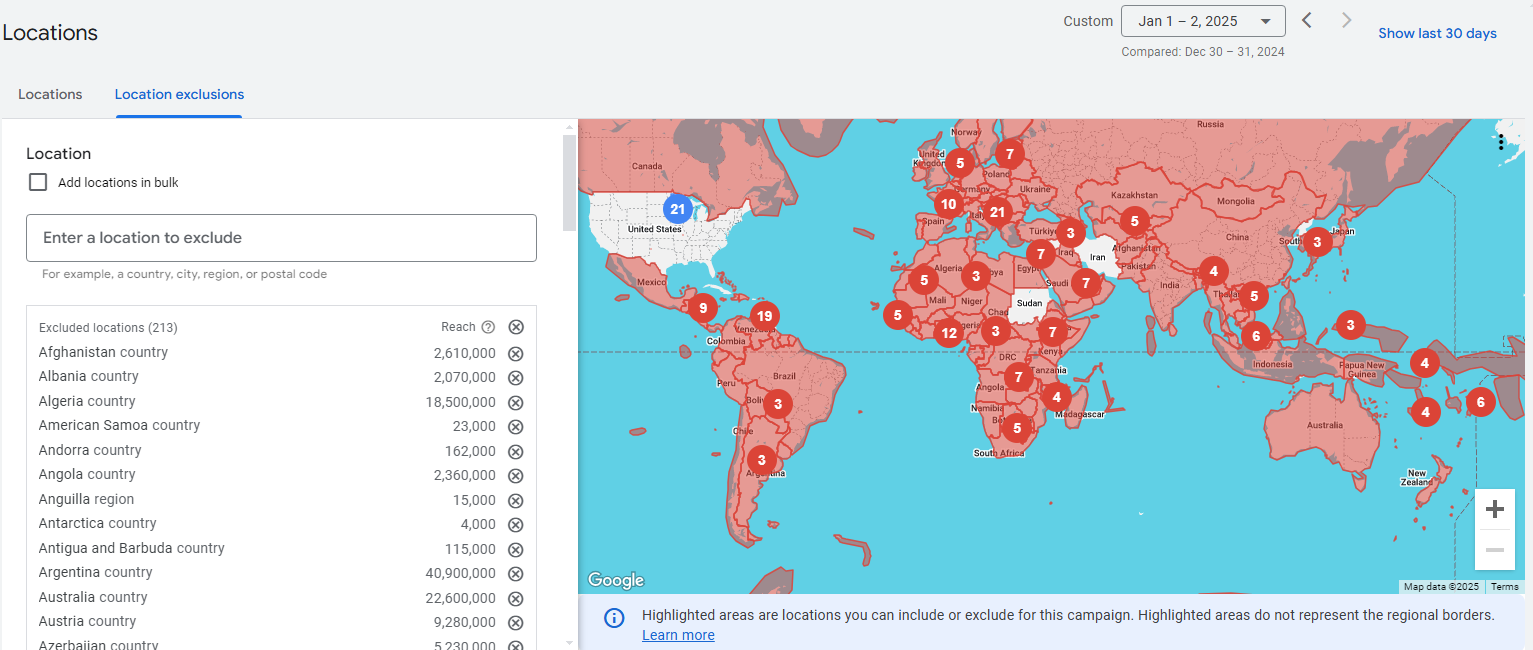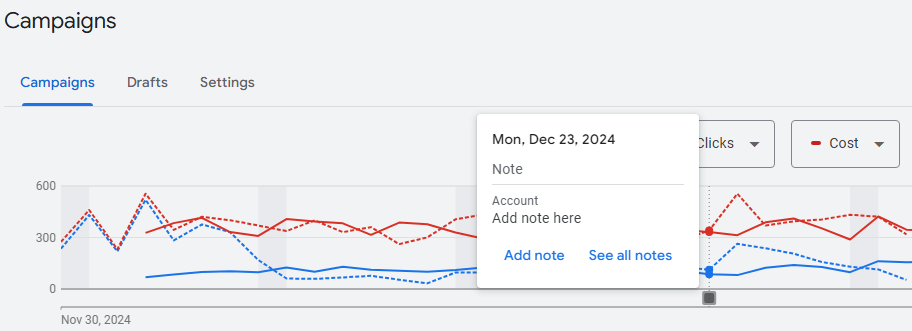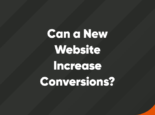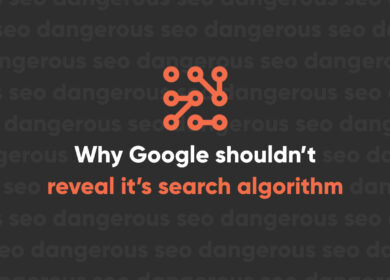
Maximizing Your Google Ads Budget in 2025
Although Google Ads can be extremely effective as a business-driving platform, there’s no question that it’s a competitive space. And while the jury’s still out on Google’s antitrust monopoly trial, it’s safe to assume the space will always be crowded, which directly influences how advertisers reach their audience and how expensive it is to drive those conversions.
Depending on industry and keyword targeting, bidding on ad placements can be pricey. And when you–or your advertising agency–are investing money into your campaigns, you want to be as certain as possible that you’re doing everything you can to improve performance–whether that’s lead quality, revenue growth, or something else–to get the most out of your advertising budget.
And with AI encroaching on the digital space and privacy regulations tightening, advertisers have to be smart and efficient when creating and optimizing their campaigns.
How to optimize ad spend
As you’re ideating or auditing your campaigns for 2025, these 10 best practices can help you stretch your ads budget further to drive better results without exacerbating your spend.
1. Set clear goals
Executing a high-performing Google Ads campaign starts with in-depth research. Get to know your competitors, explore keyword opportunities and keyword bid minimums and maximums, understand the SERPs you’d be showing up on, set clear goals, and know the right bid strategy for your campaigns. By researching before building your campaigns, you’ll set yourself up for success while being realistic when estimating the return. Setting unrealistic expectations and hoping for big results without backing your projections in data and research will put you on the fast track to disappointment.
With strong research and goal setting, you can determine what your target return on ad spend, or ROAS, should be, and you can work toward maximizing your Google Ads budget.
2. Leverage analytics and your CRM
Measuring the success of your campaigns is the biggest key to understanding performance. And that measurement should happen both within the Google Ads platform as well as outside of it. Combine tools like GA4 and your CRM to understand what’s happening once customers or leads from ads land on your website and qualify ad performance using that data.
One mistake we often see businesses and advertising agencies make is relying solely on Google Ads for all of their performance data and not digging deeper into the actual business impact of their efforts. They’ll note that conversions increased month over month and stop there instead of digging into the actions taken on the website, and the revenue behind those actions.
By taking a closer look at GA4, we can determine that what looked like a super successful month on the surface was actually the result of a huge jump in spam clicks. And by following the user from ads into your CRM, you can learn more about the individual and determine whether or not they’re a good-fit client or customer, which will help you understand whether your ads are working well.
Use all of the tools at your disposal, not just the Google Ads platform, to cross-reference performance and fully analyze your Google Ads campaigns.
3. Refine ad targeting
Targeting is one of the best ways to maximize your Google Ads budget. As you start running your campaigns, you can monitor what’s working and what’s not to narrow in on the keywords and audience segments that perform best. You can also choose to push more budget toward the keywords that most closely align with your audience by adjusting your bids.
This is where monitoring your search terms report is extremely important. When you first launch a search campaign, there will likely be many searches that trigger your ads but that don’t align with your business, product, or service offerings. Monitoring the search terms report lets you exclude irrelevant searches while simultaneously letting you narrow your targeting, telling Google’s algorithm which searches fit your ads best.
The search terms report can also help you uncover new opportunities you might not have considered before. You might notice your ads are showing up for a query you hadn’t considered but that makes sense to add to your campaign. It’s a great resource for refining your targeting.
4. Exclude unwanted placements and locations
Another way to narrow in on your targeting and to make sure you’re only showing up where you want to is by adding a location exclusion list to your campaigns to prevent any sneaky location placements from spending your ad dollars. It’s just an added precaution to ensure you’re targeting the right area and only that area.

You can also exclude unwanted placements or audiences. For example, you may not want to allow your ads to show on Google Search Partner sites, and you may want to exclude specific sites that don’t align with your business.
5. Evaluate competition regularly
Evaluating and understanding your competition in Google Ads is important when you first launch your campaigns, sure, but it’s also extremely important to do on an ongoing basis to understand fluctuations in performance.
If suddenly your conversions and impressions drop, it could be because you’re losing out to your competitors. Make sure to take a look at your search lost IS ad rank and search lost IS budget percentages to get a better view of how often and why you’re getting beaten out by competitors.
You can also look at your auction insights report for a better understanding of how your ads are performing at auction, and how frequently competitors are showing up instead of you. The report editor in Google Ads under the "insights and reports" tab has lots of valuable resources advertisers can use to better understand their performance compared to their competitors.

6. Fully optimize ads and keyword strategy
To stand out from your competitors and show up above them, make sure to check in regularly on your ad strength. Ad strength can fluctuate over time, and Google Ads will let you know when it’s time to refresh ad copy, switch out images, or add a new logo or video. Not all of Google’s recommendations are helpful–Google wants you to spend more money and will often recommend raising your budget–but this is one that we suggest taking seriously as it can help strengthen your ads.
Higher ad strength means Google may show your ads more frequently, giving you an at-auction advantage.
7. Add frequency limits
Sometimes ads can get shown too often to your target audience, and it can turn them off from your product or service. You know how it is when you see the same commercial fifty times while trying to watch your favorite TV show? Yeah, same idea.
To prevent this from happening, preserve your budget, and encourage conversions without turning your audience away, make sure to cap frequency for Display and Video campaigns within the Google Ads platform. Display campaigns can be capped by impressions while Video campaigns can be capped by either impressions or video views.
8. Use AI strategically
AI is prevalent within all advertising platforms now – it’s pretty impossible to avoid. From ad targeting to algorithm operation to ad auctions to campaign creation, AI is integrated into almost all aspects of Google Ads. But that doesn’t mean you should rely on it for your ad campaigns.
Google Ads ultimately wants you to spend money, and the tools it provides encourage you to do that in different ways. In Ads, you have to be smarter than the machines and really understand how AI is used and whether that’s something you want to employ. At this stage, we would discourage anyone from using Google’s Smart Campaigns for fully automated campaign setup. And we typically don’t recommend letting Google Ads automatically create assets for you, with the exception being automatically created videos for PMax campaigns, which can be helpful if your business doesn’t have video assets but does have images. In general, though, Google’s AI tools can misrepresent your brand online and lead to wasting your ad dollars instead of optimizing them.
That’s not to say you shouldn’t use AI at all. In fact, AI can be a great tool for suggesting ad copy, helping with optimizations, recommending keywords, and more. And it also doesn’t mean that Google’s Smart Campaigns don't work. But they take control out of your hands, leaving more up to machine learning. Ultimately, it's up to you to decide what works best for your business and how much AI you want to incorporate in your campaigns. Always double-check your campaigns before you launch, whether you’re using AI tools or not, and think critically about the recommendations Google’s AI suggests.
9. Avoid making multiple changes at once
Google Ads is a platform that takes time to learn your campaigns and optimizes performance as it goes. Refrain from making a bunch of changes at once to determine what changes really impact performance. When you are making changes, be sure to keep track of them by adding notes to the platform. This is a great way to understand how your campaign edits translated to changes in performance. And if you do start to see your return on ad spend decreasing, you’ll know what changes you made recently that may have impacted your performance.

10. Scale your budget slowly
Along the same vein, Google Ads responds slowly to changes. So when your campaigns do start to perform well, don’t just throw a bunch of money at them because it could ruin performance. There's a point where spending more won't equal a greater return, so you'll need to understand that tipping point to fully optimize spend. Slowly increase the budget as Google recommends, and make sure to look at forecasts to understand how budgetary changes could impact performance. A great tool for this is Google’s Performance Planner, which lets you explore budget and campaign options based on your goals.
Maximizing your Google Ads budget with Perrill
The best way to make sure you’re getting the most out of your advertising budget is by keeping a close eye on your campaigns and consistently making optimizations as needed. Google Ads is a platform that has so many features and settings that you can use to your advantage, or that can take advantage of you if you’re not paying attention.
If you’d like to schedule a free consultation with our team of Google Ads experts, we’d be happy to talk through your current advertising setup and explore ways to get better results in 2025. As a Google Premier Partner, we’re well-versed in managing high-budget ad campaigns that drive business results. Reach out or schedule a meeting with us to start winning online.





